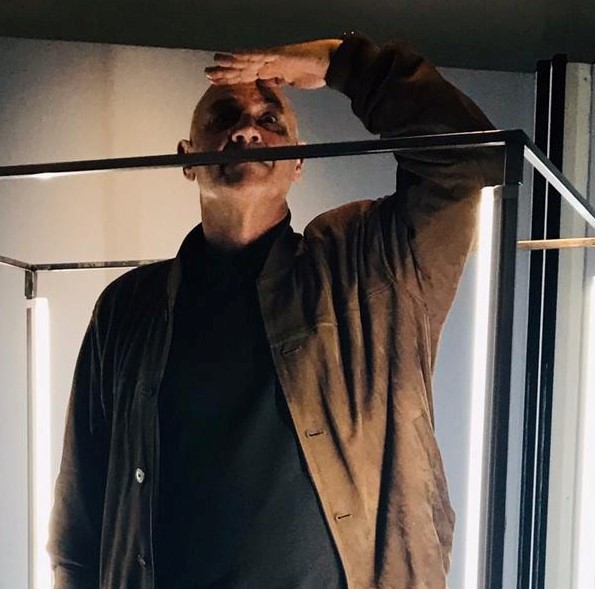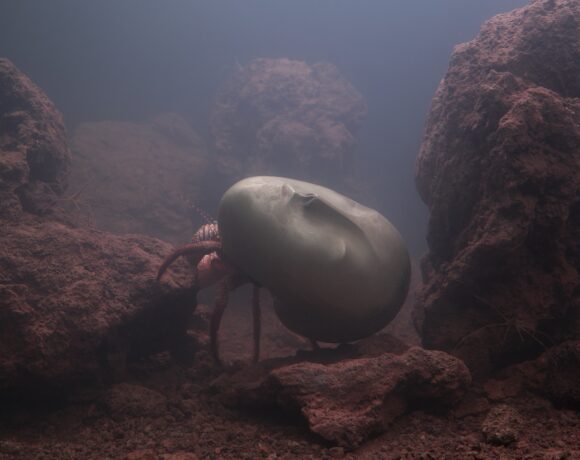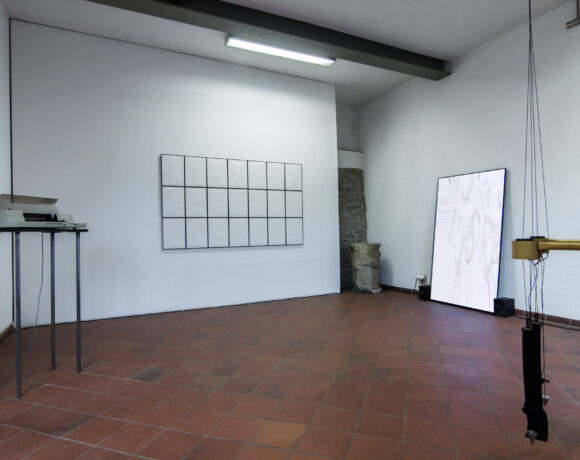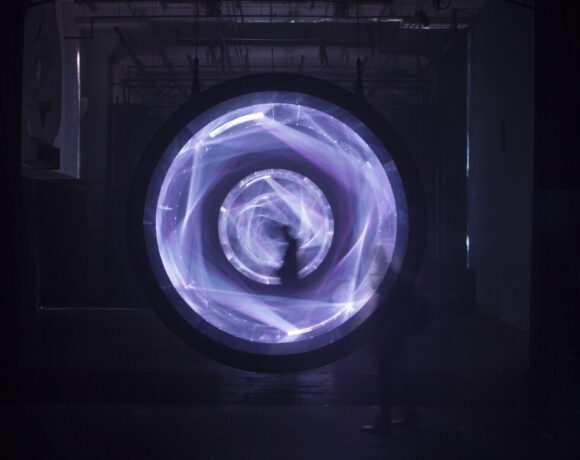About noisy minorities
“Individual speaking is one of the typical phenomena of hypermodernism, both fomented and devalued by the web” writes Raffaele Donnarumma in Ipermodernità. Dove va la narrativa contemporanea (2014).
The widespread development of new technologies and the new media generated by them has given rise to a new type of user and, as regards the higher cultural aspects that we face here, a new type of artist, focused on online productions (defined Post Internet) based on the fusion of real and virtual, that is, of true and false.
Jean Baudrillard in In the shadow of silent majorities, that is, the death of the social[1] argued that the amorphous and indifferent mass produced by capitalism not only did not produce any social dimension, but even absorbed it neutralizing it because any ideological, ethical or political content arouse in the mass no critical response. The hyper-real condition produced by the new media instead describes a scenario opposite to that outlined by the French author.
Everyone can see how technological acceleration has produced online social, sociability and subjectivity and that the mixing between true and false takes place thanks to the manipulative use of new media. The most evident consequence of this phenomenon is the noisy online presence of a “minority” (in absolute terms compared to the world population) that exploits the main technological opportunity offered by Web 2.0: self broadcasting and, secondly, interactivity offered by blogs and social networks.
When the Youtube platform was opened in 2005, its slogan “broadcast yourself” effectively opened the season of self promotion online, both for entertainment and for small commercial business ideally oriented towards the creation of personal brands.
However, the importance of the phenomenon does not lie in this opportunity for egotism, but in that of becoming aware users of the mass media, understanding its functioning and scope, and transforming oneself into publishers and directors of one’s own broadcast, regardless of whether it is a simple imitation of the models established by communication, or rather a critical and often creative questioning on the potential expressed by new media – and this is, of course, where artistic productions come in.
Other forms of self broadcasting are distributed by social networks such as Instagram and Tumblr. Here we observe the phenomenon of Aesthetics: thematic collections of images, short videos, reiterated animated gifs, able to illustrate a personal imagination that we intend to share.
Self broadcasting therefore has no limits and becomes personal on platforms such as Facebook, Twitter and the other social media just mentioned, while its main media tool remains video.
At this point, the epochal significance of this technological opportunity is understood not only in terms of the distribution of information, but also in the dissemination of imaginaries, aesthetic practices, stylistic inventions; in short, virtual artistic identities that represent the consciousness of the Internet, offering manipulations and reflections that overflow from the virtual enclosure of the computer, to spread into the concreteness of the exhibition spaces in the form of objects, favoring the process of mixing between virtual and real.
Info:
Introduction to the forthcoming book Contemporary art and new media. Theory, history, criticism by Piero Deggiovanni
[1] J. Baudrillard, A l’ombre des majorités silencieuses ou la fin du social, Paris, Utopie, 1978
 boyrebecca, Dulce de leche, 2021 Foto di Francesco Tommasi
boyrebecca, Dulce de leche, 2021 Foto di Francesco Tommasi
 Chris Torres AKA PRguitarman, Pop Tart Cat (Nyan Cat), meme, 2011
Chris Torres AKA PRguitarman, Pop Tart Cat (Nyan Cat), meme, 2011
 Davide “inchiostro nero” Cautiero & Heartbreak47, immagine di copertina del blog, 2020
Davide “inchiostro nero” Cautiero & Heartbreak47, immagine di copertina del blog, 2020
 M¥SS KETA, Foto Dario Pigato
M¥SS KETA, Foto Dario Pigato

Piero Deggiovanni (Lugo, 1957) is a professor of History of Contemporary Art and History and Theory of New Media at the Academy of Fine Arts in Bologna and at LABA in Rimini. He is a critic and researcher in the field of contemporary art, member of the scientific committee of the Videoart Yearbook, Bologna University. For several years he has dedicated himself exclusively to research, focusing on video art and experimental cinema.






NO COMMENT